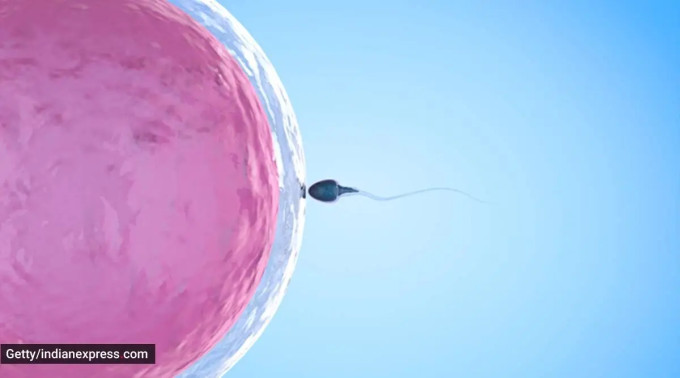Microplastics found in human testicles: Is this the cause of growing male infertility?
A recent study has uncovered a concerning presence: microplastic pollution in human testicular tissue. Researchers examined 23 human testes and 47 canine testes, detecting microplastics in every sample. While sperm count couldn’t be measured in the preserved human samples, a link emerged in the dogs. Canines with higher levels of PVC microplastics exhibited lower sperm counts.
This finding suggests a potential correlation, but further research is required to definitively establish a cause-and-effect relationship between microplastics and sperm health.

The pervasive presence of microplastics is alarming. In recent years, they’ve been identified not only in human testicles but also in blood, placentas, and breast milk, highlighting widespread human contamination. While the long-term health effects remain unclear, laboratory studies have demonstrated microplastics’ ability to damage human cells.
According to Dr Shruti N Mane, Consultant Fertility & IVF expert, Motherhood Fertility & IVF, Kharghar, Navi Mumbai, microplastics “can cause oxidative stress, inflammation, and altered metabolism, ultimately damaging cells and tissues.” They may also act as carriers for endocrine-disrupting chemicals (EDCs) that interfere with hormone regulation.
The link to male infertility
The rise in male infertility is a documented phenomenon, with sperm quality declining over recent decades. Notably, sperm counts in men have been declining for decades, with other environmental factors like pesticide exposure being investigated.
 Male infertility can have various causes beyond microplastics. (Photo: Getty/Thinkstock)
Male infertility can have various causes beyond microplastics. (Photo: Getty/Thinkstock)
Dr Nisha Pansare, Fertility Consultant, Nova IVF Fertility, Pune, highlighted the potential connection: “Microplastics accumulating in the testicles can disrupt hormone balance, leading to decreased sperm quality and fertility issues.” This disruption can manifest in reduced sperm count, motility, or even malformations, hindering a couple’s ability to conceive.
It’s important to note that the research on microplastics and male infertility is still in its early stages. Dr Mane emphasised the need for further investigation: “Currently, a definitive cause-and-effect relationship hasn’t been established.” However, the growing body of evidence suggests a potential link that warrants serious consideration.
Beyond microplastics: Other causes of male infertility
Male infertility can have various causes beyond microplastics. Dr Mane outlines some:
- Hormonal disturbances: thyroid issues, low testosterone
- Infections: mumps, sexually transmitted diseases
- Varicocele: enlarged veins in the scrotum
- Sperm disorders: low count, motility issues, abnormal shapes
- Lifestyle factors: smoking, alcohol, obesity
Managing male infertility
The good news is that many cases of male infertility can be addressed. Dr Mane explains the treatment options:
- Lifestyle modifications: diet, exercise, weight management
- Medication: for underlying hormonal issues
- Assisted reproductive techniques: IUI, IVF, ICSI, IMSI
The discovery of microplastics in human testicles raises a red flag for male fertility. While more research is needed, it underscores the importance of reducing our exposure to environmental pollutants. Men concerned about fertility should consult a healthcare professional for a comprehensive evaluation and discuss treatment options.
Disclaimer: The copyright of this article belongs to the original author. Reposting this article is solely for the purpose of information dissemination and does not constitute any investment advice. If there is any infringement, please contact us immediately. We will make corrections or deletions as necessary. Thank you.

